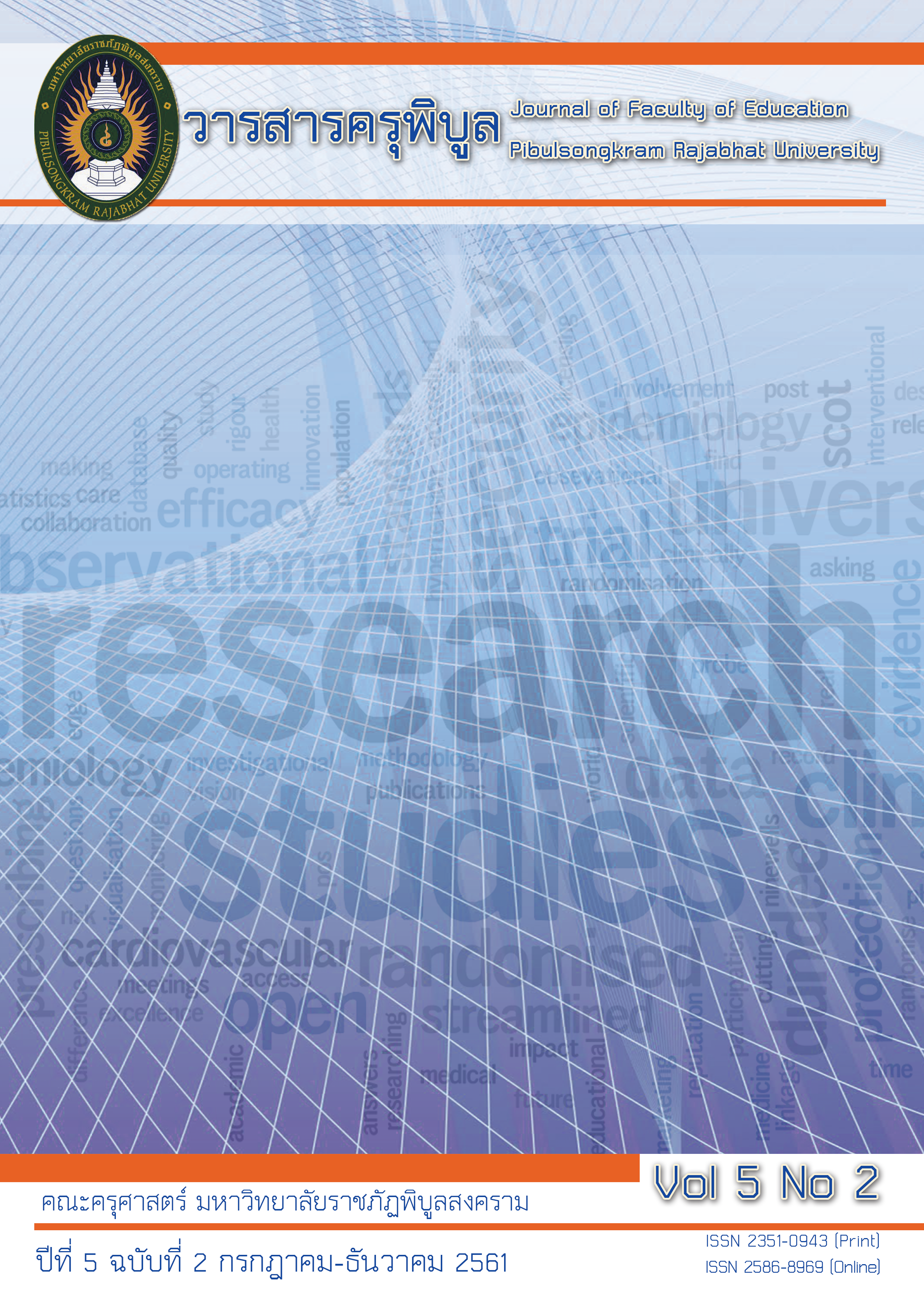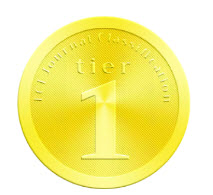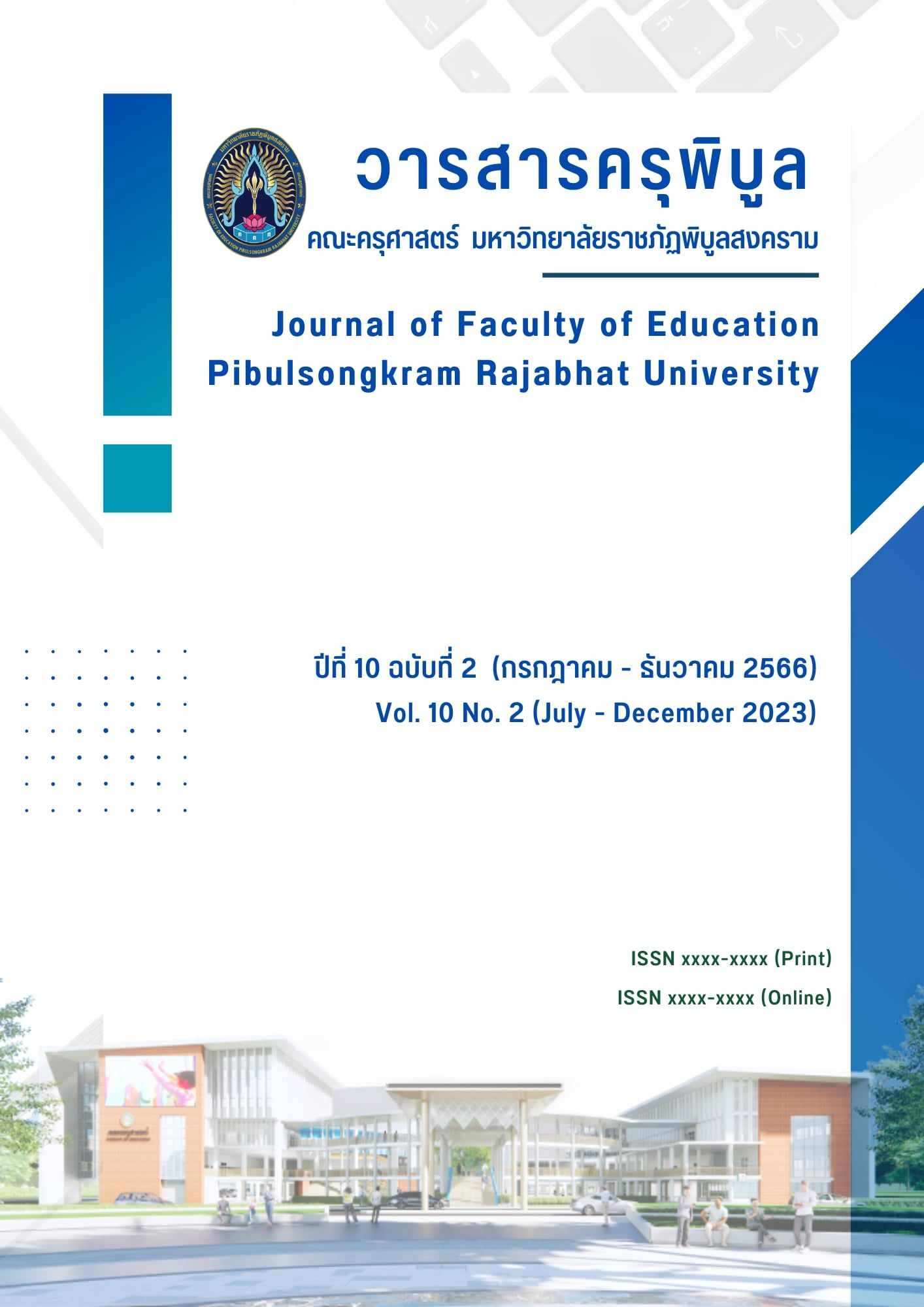การจัดการเรียนการสอนตามแนวทางสะเต็มศึกษา
Keywords:
สะเต็มศึกษา การบูรณาการ การเรียนการสอน ทักษะการแก้ปัญหาAbstract
สะเต็มศึกษา (Science Technology Engineering and Mathematic Education : STEM) เป็นแนวทางในการจัดการศึกษาที่บูรณาการวิทยาศาสตร์ เทคโนโลยี วิศวกรรมศาสตร์ และคณิตศาสตร์ ที่มุ่งแก้ไขปัญหาที่พบเห็นในชีวิตจริง เพื่อสร้างเสริมประสบการณ์ ทักษะชีวิต การสร้างสรรค์ และเป็นการเตรียมความพร้อมให้กับนักเรียนในอนาคต การจัดกระบวนการเรียนรู้แบบสะเต็มศึกษาเป็นการเรียนรู้ที่นักเรียนคิดและลงมือทำแก้ปัญหาที่เกี่ยวข้องกับชีวิตประจำวันเพื่อให้ได้ใช้เทคโนโลยีซึ่งเป็นผลผลิตจากกระบวนการออกแบบเชิงวิศวกรรม จะช่วยให้ผู้เรียนได้พัฒนาทักษะการคิด ทักษะการใช้เทคโนโลยีสารสนเทศ ทักษะการแก้ปัญหา และทักษะการสื่อสารซึ่งทักษะดังกล่าวนี้เป็นทักษะการเรียนรู้ในศตวรรษที่ 21 ผู้สอนสามารถจัดการเรียนรู้โดยใช้วิธีการจัดการเรียนรู้ตามสภาพจริง ผู้เรียนได้เผชิญปัญหาและแก้ปัญหาโดยคำนึงถึงบริบทแวดล้อม ที่สัมพันธ์กับความเป็นจริง ซึ่งเป็นการเรียนรู้ที่มีความหมายต่อผู้เรียน กระตุ้นให้ผู้เรียนเกิดการเรียนรู้รู้จนนำไปสู่การสร้างองค์ความรู้จากบริบทที่เป็นจริง
References
Claymier, B. (2014). Integrating STEM into the elementary curriculum, March 2014.
Clemm, D. (2012). Maryland State Department of Education : Science, Technology, Engineering, and Mathematics (STEM) education. Retrieved from www.Marylandpublicschools.org/MSDE/programs/stem
Institute for the Promotion of Teaching Science. (2014). STEM Education. Bangkok: Institute
for the Promotion of Teaching Science and Technology. [In Thai]
Intalapaporn, C. (2015). The study guidelines for learning management of the STEM Education for elementary students. Veridian E-Journal Silpakorn University, 3(3),
129 -140. [In Thai]
Klomim, K (2015). LEARNING MANAGEMENT BASED ON STEM EDUCATION FOR STUDENT TEACHERS. Journal of Education Naresuan University, 18(4), 334 -348. [In Thai]
Kijkuakul, S. (2015). STEM Education (Part II): How to integrate STEM Education in classroom
teaching. Journal of Education Naresuan University, 17(3), 154-156. [In Thai]
O’Neill, T., Yamagata, L., Yamagata, J. & Togioka, S. (2012). Teaching STEM means teacher
learning. Kappan Delta , 94(1) , 36-40.
Panich, W. (2012). Learning for student in the 21st Century. Bangkok : Tathata Publication. [In Thai]
Prasertsang, P. (2016). Learning Design for STEM Education. Journal of Prae Wa Kalasin Kalasin University, 8(1), 63 -74. [In Thai]
Reeve, E.M. (2013). Implementing cience , Technology , Mathematics , and Engineering
(STEM) Education in Thailand and in ASEAN. A report prepared for the Institute for the Promotion of Teaching Science and Technology (IPST).
Robert, A. (2013). STEM is here: now what? Technology and Engineering Teacher, 22-27.
Robert M.C. & Han, S. (2014). STEM: The education frontier to meet 21st century challenges.
Middle Grades Research Journal, 9(3), 15-16.
The Development of Curriculum Management in Place of Education. (2016). STEM education. Bangkok : Ministry of Education. [In Thai]




